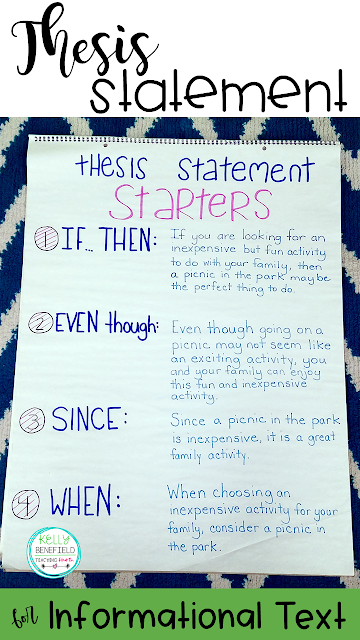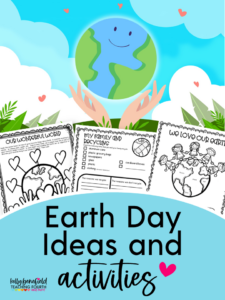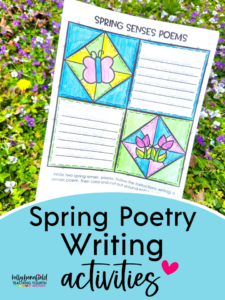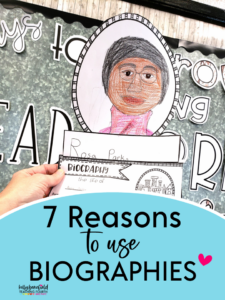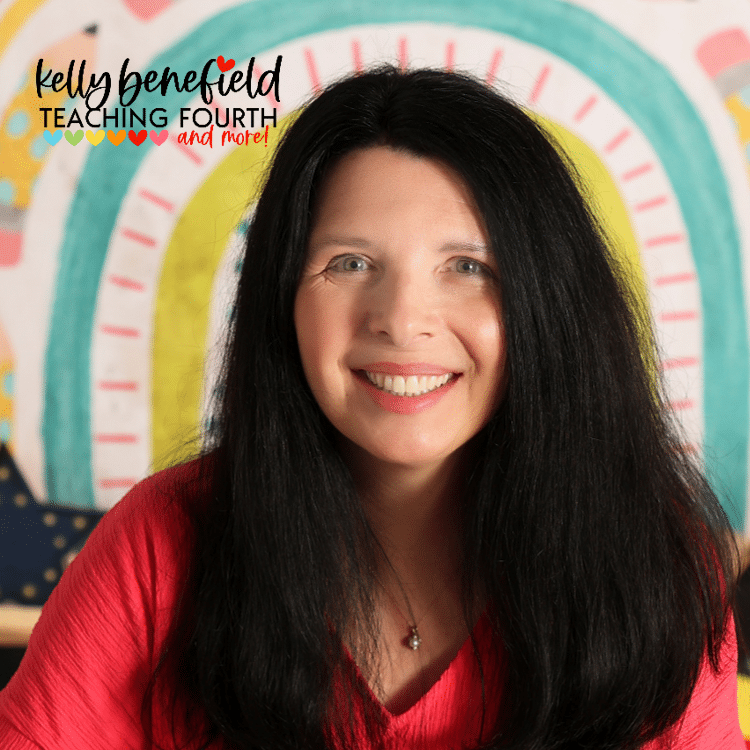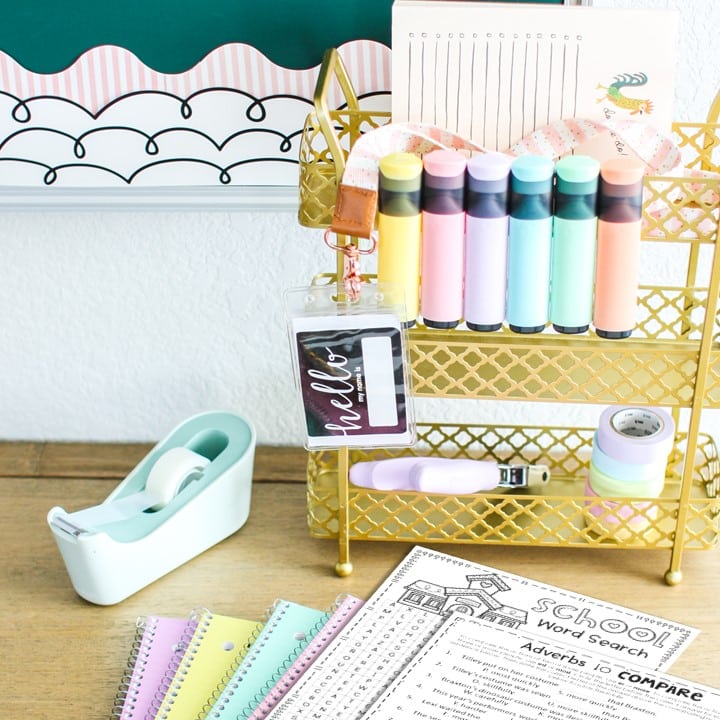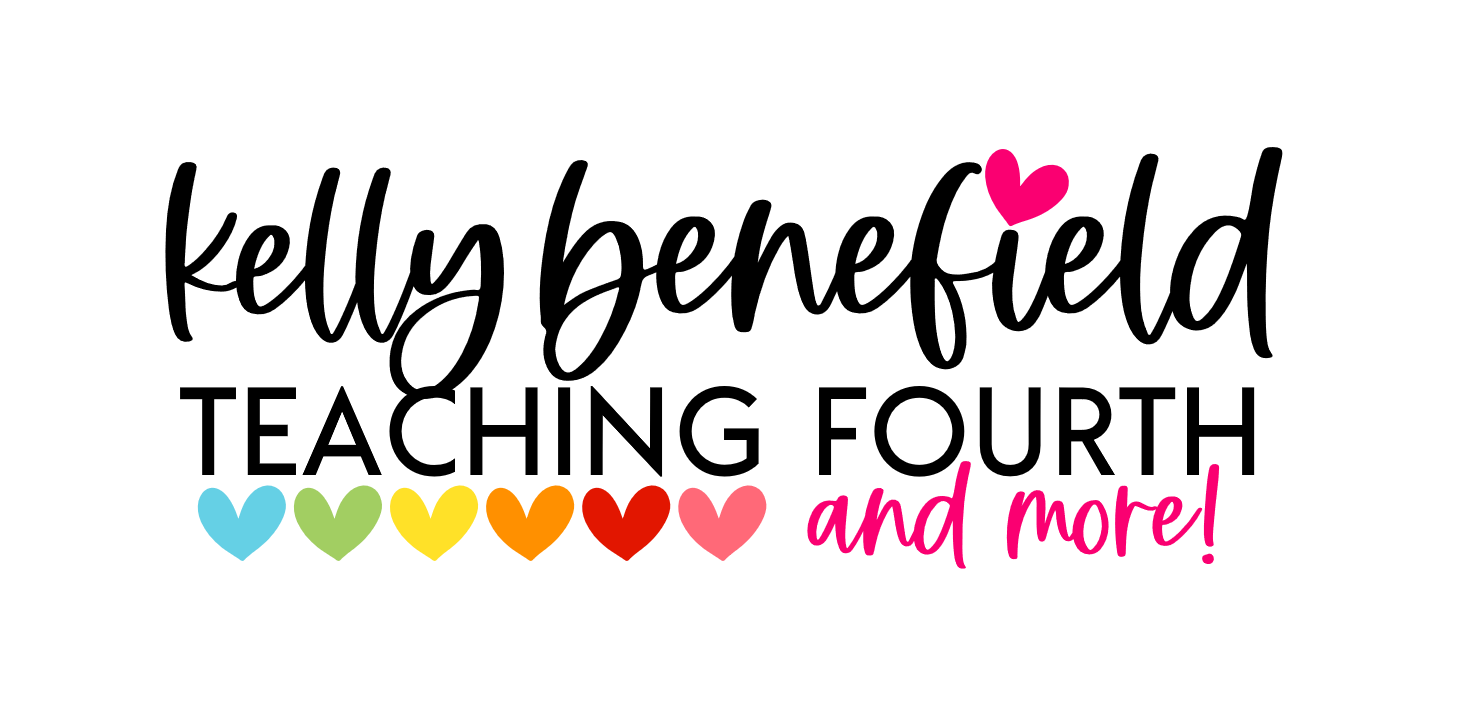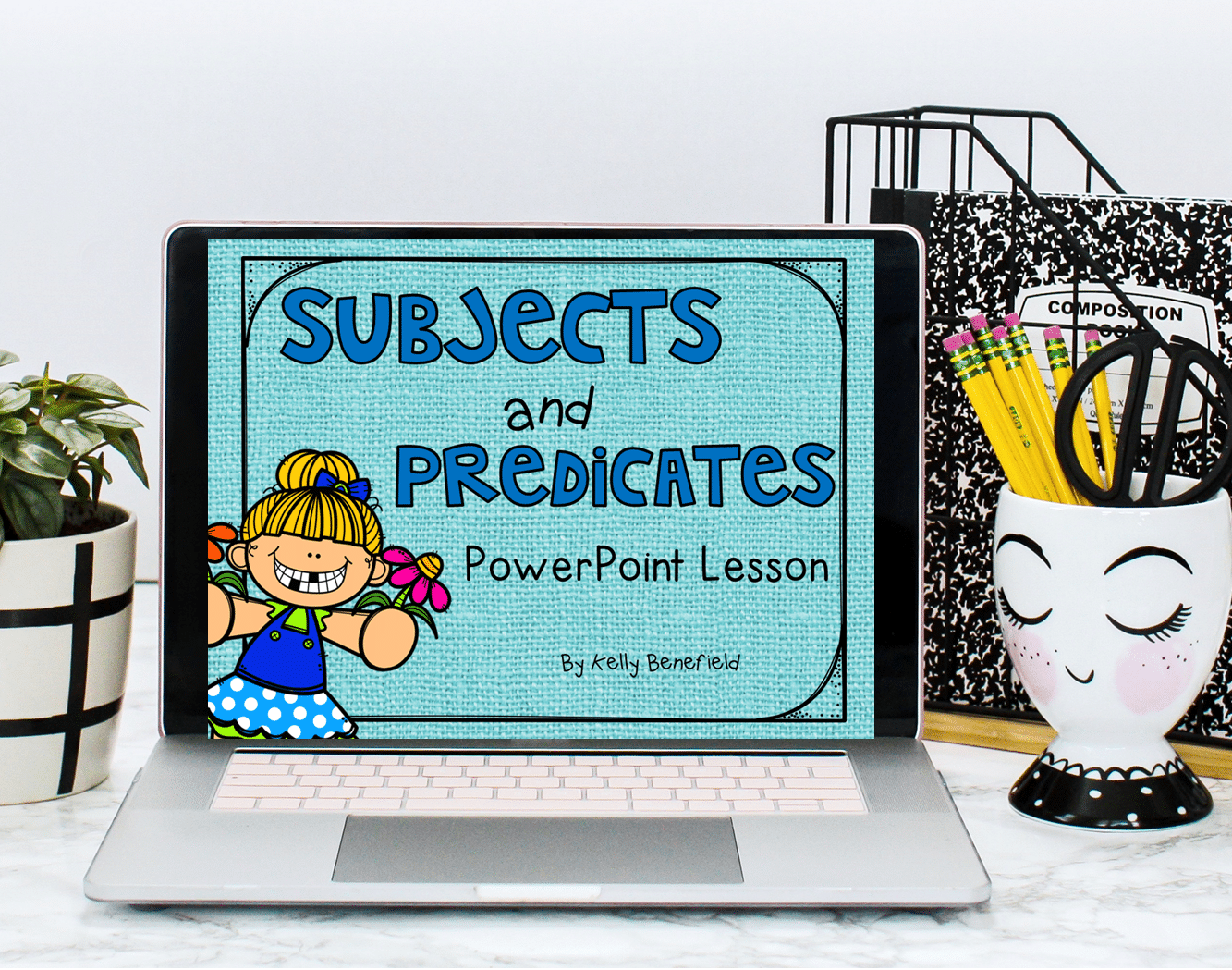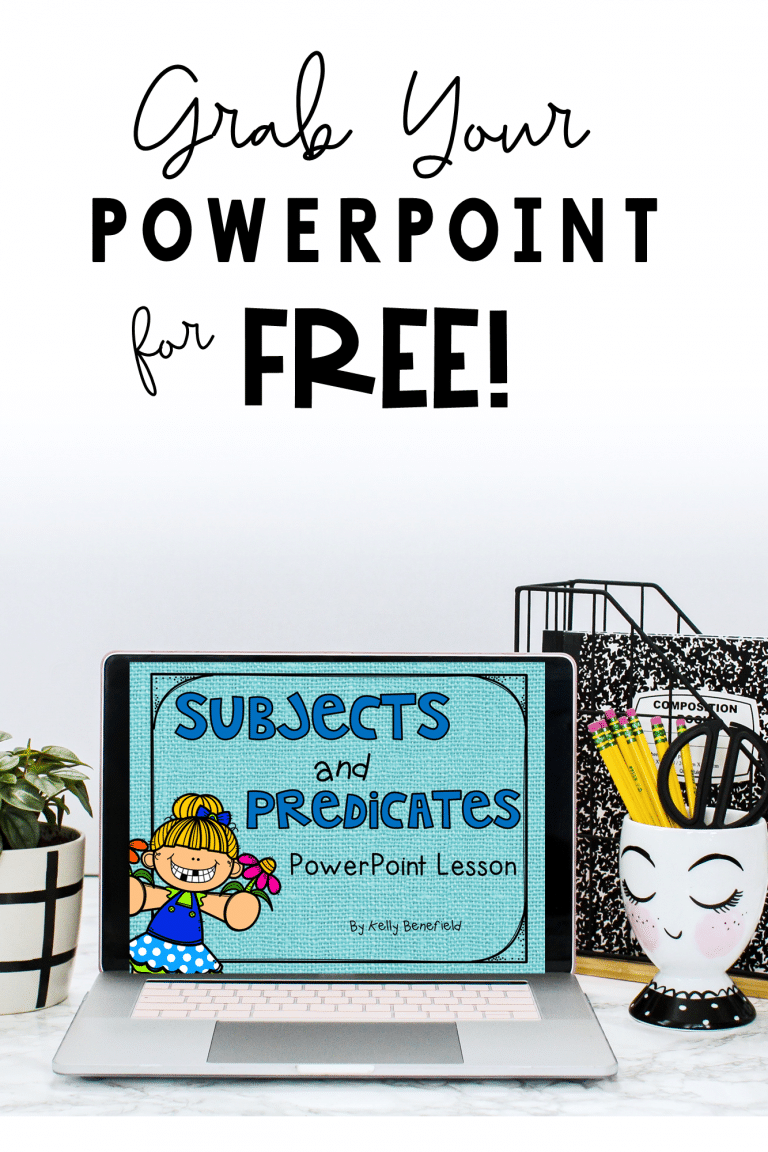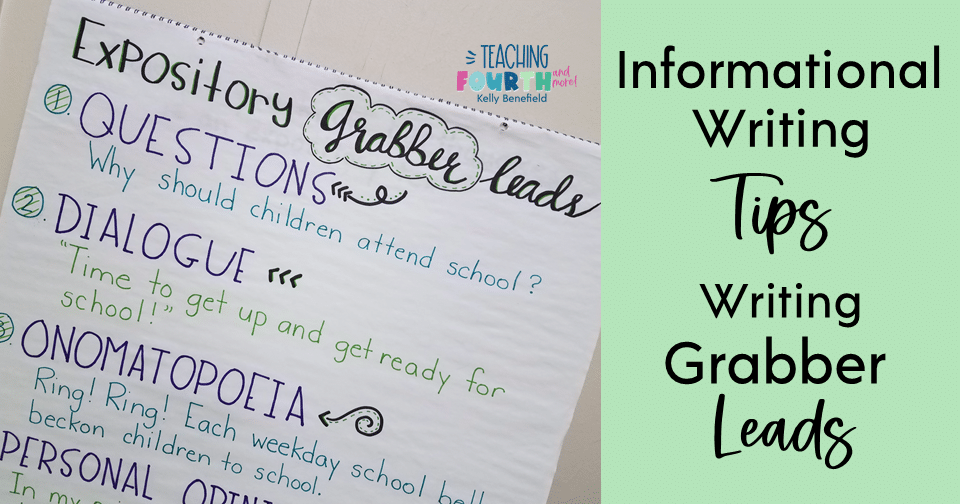
Informational Writing Leads Anchor Chart and Tips
Are you looking for ways to help your students with their informational/expository writing? This informational writing leads anchor chart is a great addition to your writing lessons!
I’ll admit, I’ve had a love/hate relationship with teaching writing over my teaching career. Teaching students to write can be exhausting, frustrating, and demanding, but it is also very rewarding to see students develop into young authors. Years ago at a writing workshop, a presenter shared a statement that freed me and allowed me to view my job as a writing teacher in a new way. Her secret, “Don’t think that you have to read entire papers and/or grade every piece that students write.”
What? How will students improve? How will their writing be perfect? That’s just it. It doesn’t have to be perfect. Students are growing as writers, each at her own pace. Instead of expecting perfection, celebrate each child’s growth as a writer. In order to grow, students must do a lot of writing. Now, writing is one of my favorite things to teach, and one of my favorite parts of teaching writing are the mini lessons.
The Focus
Recently, I spent several days presenting mini-lessons on writing introductory paragraphs for expository (informational) writing. Yes… For 3 days, we focused only on the first paragraph. I know that seems like a long time, but I wanted to give students a firm foundation on ways to introduce papers, not just for today, but for future papers as well.
For our writing lesson, I used writing prompts and graphic organizers from my Month by Month Writing Prompts and Posters Packet. I love using these prompts, graphic organizers, and posters throughout the entire year to help teach my students how to write narrative, opinion, and informational writing. My students love choosing from these fun, out of the ordinary, writing prompts, but sometimes for focus lessons, I like to give everyone the same writing prompt.
Grabber Leads: A Must for Introductory Paragraphs
On day 1 we began with learning how to write the grabber lead. Students were already familiar with writing grabber leads for narrative writing, but writing a grabber lead for informative or expository writing can be slightly different. We used an anchor chart to discuss five great ways to write a grabber lead for informative writing: questions, dialogue, onomatopoeia, personal opinions, and strong persuasive statements. There are many other ways that I could have also included, but I limited our study to five, so that hopefully, the students would internalize these five ways and be able to use them in future writings as well.
We spent time discussing and reading examples of each type of lead. Then each student practiced writing great grabber leads by creating sentences for each type. Of course, students shared their leads with their partners, and I shared some of the best on our document camera. I firmly believe that our sharing time in writing is a very important step. I encourage students to listen to other students writing styles and ideas to help them become better writers.
For day two’s mini-lesson, students wrote 1 to 3 more sentences expanding on their grabber leads. We simply spent a lot of time talking, sharing ideas, and modeling what these sentences should sound like. We discussed what worked, what didn’t, and how to improve.
The Thesis Statement: What It’s All About
On day 3 we focused on the thesis statement, the last part of the introductory paragraph. I explained that the thesis statement is the main idea statement that lets the reader know what the paper will be about without saying, “I’m going to tell you about…” To help students begin the thesis statement, they referred to this anchor chart. The idea for this chart was borrowed from the amazing Teaching with a Mountain View. Students chose one of the four ways to begin their thesis statement. I must admit, I was surprised at how well they did! I was expecting a lot more questioning looks, but the students got busy, and Wow! What some great results!
Glow and Grow
Finally, students shared their finished introductory paragraphs with their partners. Then each partner shared a “glow and grow.” They shared one glow (one thing they like about the writing) and one grow (one thing the writer could improve).
Hopefully, my students are now armed with strategies for writing excellent introductory paragraphs for their informational writing, and I hope you have a new idea or two for your writing lessons as well!
Have a blessed day!

